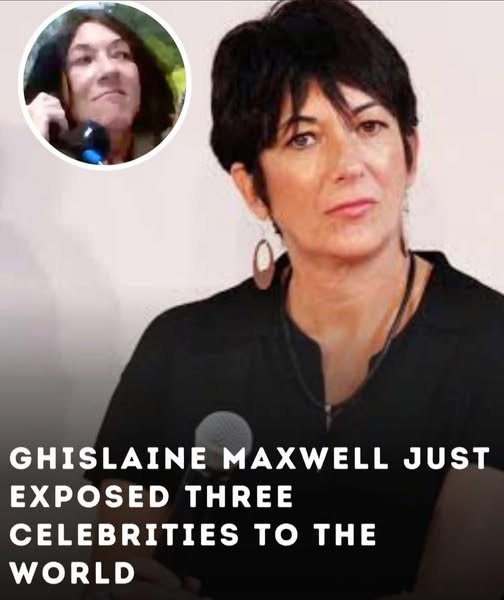And that is the part nobody wants to talk about—the cost of testifying. People imagine it’s a dramatic, cathartic moment. In reality, it’s slow and suffocating. It’s endless nights of anxiety and the quiet dread of wondering whether telling the truth will ruin your life. For some, it already has. That’s why the rules protecting their identities are strict. Not polite suggestions. Hard lines. And now that those protections have become a public battleground, the tension is rising again.
It’s a strange conflict: on one side, a public hungry for transparency, convinced that anything withheld must be part of some cover-up. On the other, the courts trying to honor promises made to individuals who stepped into danger to shed light on wrongdoing. The clash becomes a philosophical one—who deserves to know what, and when? What matters more: collective curiosity or individual safety? When does the pursuit of truth cross the line into violating the very people who enabled that truth to emerge?
The controversy doesn’t stop at the documents themselves. It spills into social media feeds, late-night talk shows, podcasts that thrive on outrage. Influencers claim they’re “just asking questions,” even as they fan flames they know are built on half-facts. The internet loves a mystery more than a reality, because mysteries allow anyone to insert themselves at the center of the narrative. And this case, with its sealed testimonies and carefully guarded identities, offers endless opportunities for people to project their own theories and agendas.
Meanwhile, the actual individuals behind those redactions try to live their lives quietly, hoping no one connects dots that were never meant to be connected. They aren’t hiding because they did something wrong. They’re hiding because telling the truth made them targets. Some have already faced retaliation—anonymous threats, online harassment, strange cars parked outside their homes. None of that gets reported in the outrage cycles. The public rarely sees the fallout behind the curtain.
There’s a deep irony: the same people demanding transparency often ignore the cost of exposure. They want every detail, every name, every sentence unsealed. But once it is, once a witness is dragged into the spotlight, they move on, leaving that person to deal with the consequences alone. The system knows that pattern too well, which is why the sealed portions of the case are guarded with such intensity. These aren’t political secrets. They’re promises—heavy ones.
Still, the tension doesn’t fade. It lingers because humans hate unfinished stories. We crave endings that explain everything, tie every thread into a neat package. But life, and especially justice, doesn’t work that way. Sometimes the truth is messy, incomplete by necessity. Sometimes you have to accept that the whole picture can’t be revealed without hurting people who’ve already sacrificed enough.
What makes this particular situation even more volatile is the timing. Distrust in institutions is already high. People feel lied to, manipulated, left out of decisions that affect their lives. So when any piece of information is withheld, it hits a nerve. The public isn’t just reacting to this case—they’re reacting to years of built-up frustration. The court, however, isn’t playing politics. Its responsibility is narrower, simpler: uphold the law, protect those who came forward, and avoid turning a legal process into a public spectacle.
And yet, despite all the noise, there’s a quiet truth buried here. The existence of sealed documents doesn’t mean the system is hiding corruption. It means people inside the system are trying to protect honesty. Real, vulnerable, human honesty. The kind that doesn’t survive long in the open.
People who testified gave the court fragments of their lives—painful memories, personal risks, complicated truths. And in return, the court offered one thing: safety. Not forgiveness, not power, not fame—just safety. A promise that their courage wouldn’t come back to destroy them. If that promise breaks, nobody else will ever testify in a case like this again.
So the story remains suspended. The public knows pieces, but not the whole. The headlines shout, but the real narrative runs deeper—through fear, loyalty, justice, and the fragile relationship between truth and secrecy. The unresolved tension isn’t a failure of the system. It’s the cost of trying to balance two forces that will never fully agree: the hunger for transparency and the duty to protect the brave few who stepped into the light.
And maybe that’s the point. Some stories aren’t meant to end cleanly. Some truths stay in the shadows not because they’re dangerous to the public, but because bringing them into the open would destroy the people who carried them. In a world addicted to exposure, that kind of restraint feels almost radical.
But it’s necessary. And it’s human.

